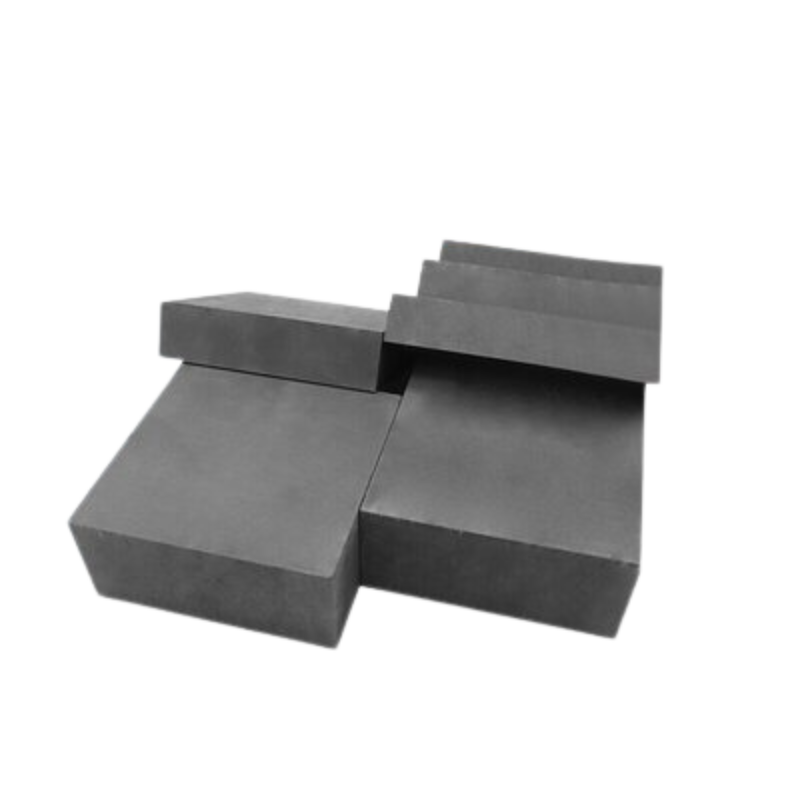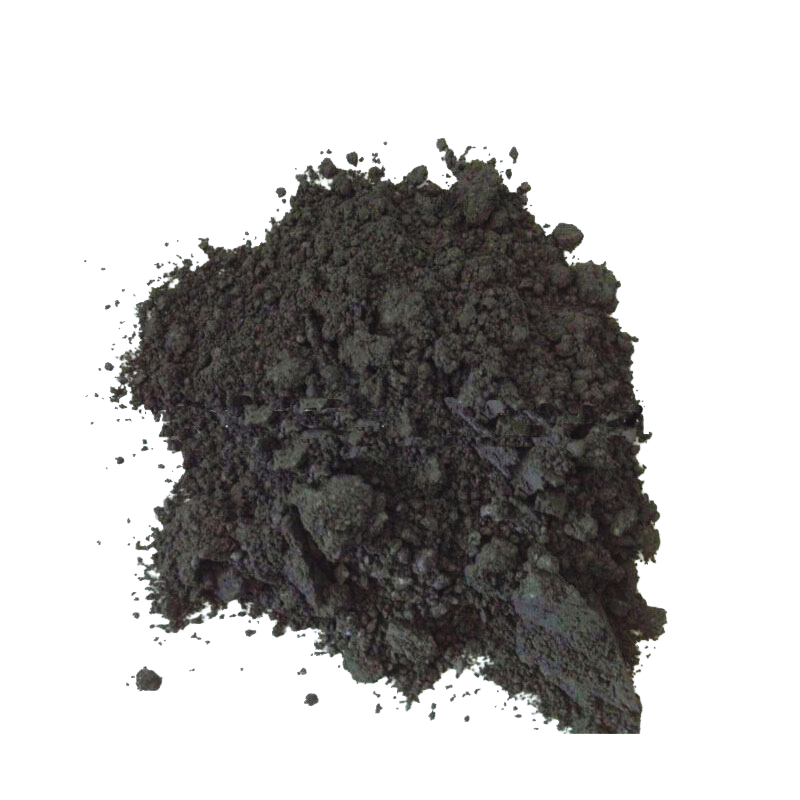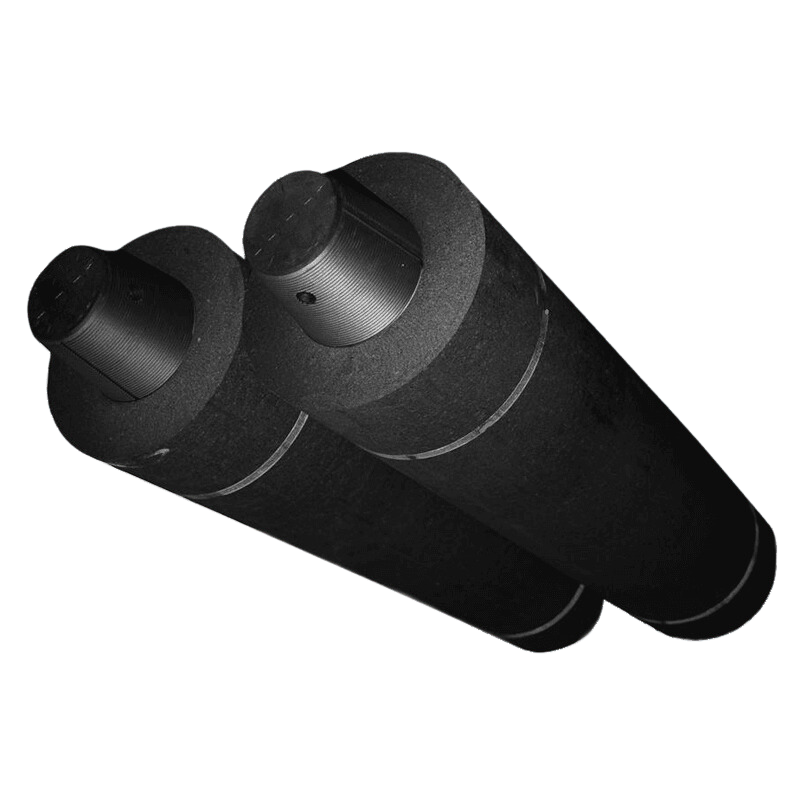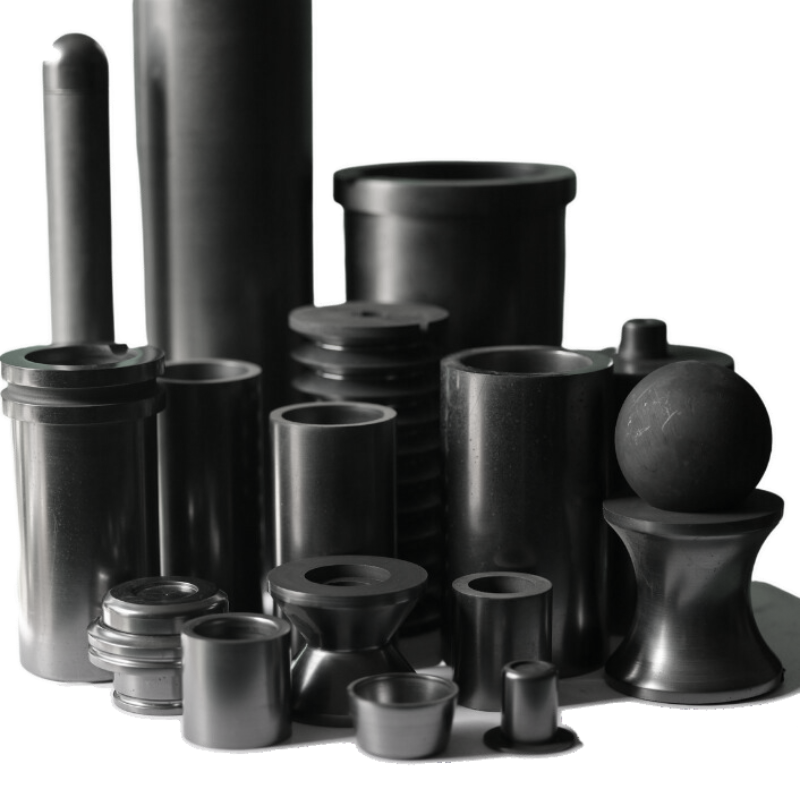Graphite crucibles are commonly used containers in high-temperature laboratories and industrial processes, serving purposes such as melting metals, chemical reactions, and other high-temperature applications. When using graphite crucibles, there are several essential considerations to ensure safety, efficiency, and the prolonged lifespan of the crucible.
1.Selecting the Appropriate Graphite Crucible: Different experiments or industrial processes may require different types of graphite crucibles. Ensure that you choose a crucible that meets the specific requirements of your application, considering factors such as size, shape, and material.
2.Pre-treatment and Cleaning: Proper pre-treatment before the first use of a graphite crucible is crucial. This may involve preheating at high temperatures or other treatments to remove any residual impurities. Before each use, also ensure that the crucible’s surface is clean to avoid cross-contamination and potential impacts on experimental results.
3.Avoiding Rapid Heating and Cooling: Graphite crucibles are sensitive to abrupt temperature changes, so it’s essential to avoid sudden heating or cooling. Gradual temperature changes should be implemented to prevent thermal stress on the crucible, thereby slowing down the aging process.
4.Avoiding Physical Impact: Graphite crucibles are brittle materials and can be easily fractured by physical impact. Handle them with care during use and transportation to avoid collisions and falls.
5.Using Chemicals Appropriately: Some chemicals may not be compatible with graphite crucibles, causing corrosion. Be mindful of the crucible’s chemical resistance and avoid using substances that could lead to corrosion or damage. Understanding the chemical tolerance of the crucible is crucial.
6..Proper Sample Loading: When using graphite crucibles for melting or chemical reactions, ensure proper loading of the sample. Avoid overfilling the crucible to prevent overflow or additional stress on the crucible.
7.Regular Inspection and Maintenance: Regularly inspect the appearance and structure of graphite crucibles to ensure there is no obvious wear or damage. If any issues are identified, promptly replace the crucible to prevent potential fractures or other safety concerns during use.
8.Monitoring Atmosphere Conditions: Specific atmosphere conditions may impact graphite crucibles. When working in special atmospheres, understand the crucible’s suitability and take necessary precautions as needed.
9.Proper Storage: When not in use, store graphite crucibles appropriately to prevent exposure to moisture or other conditions that may affect their performance. A dry environment is recommended for storage, and direct sunlight exposure should be avoided.
In summary, when using graphite crucibles, follow the manufacturer’s guidelines for use and maintenance to ensure safe, efficient, and prolonged usage. This approach guarantees smooth experimentation and industrial processes while extending the lifespan of the graphite crucible.





